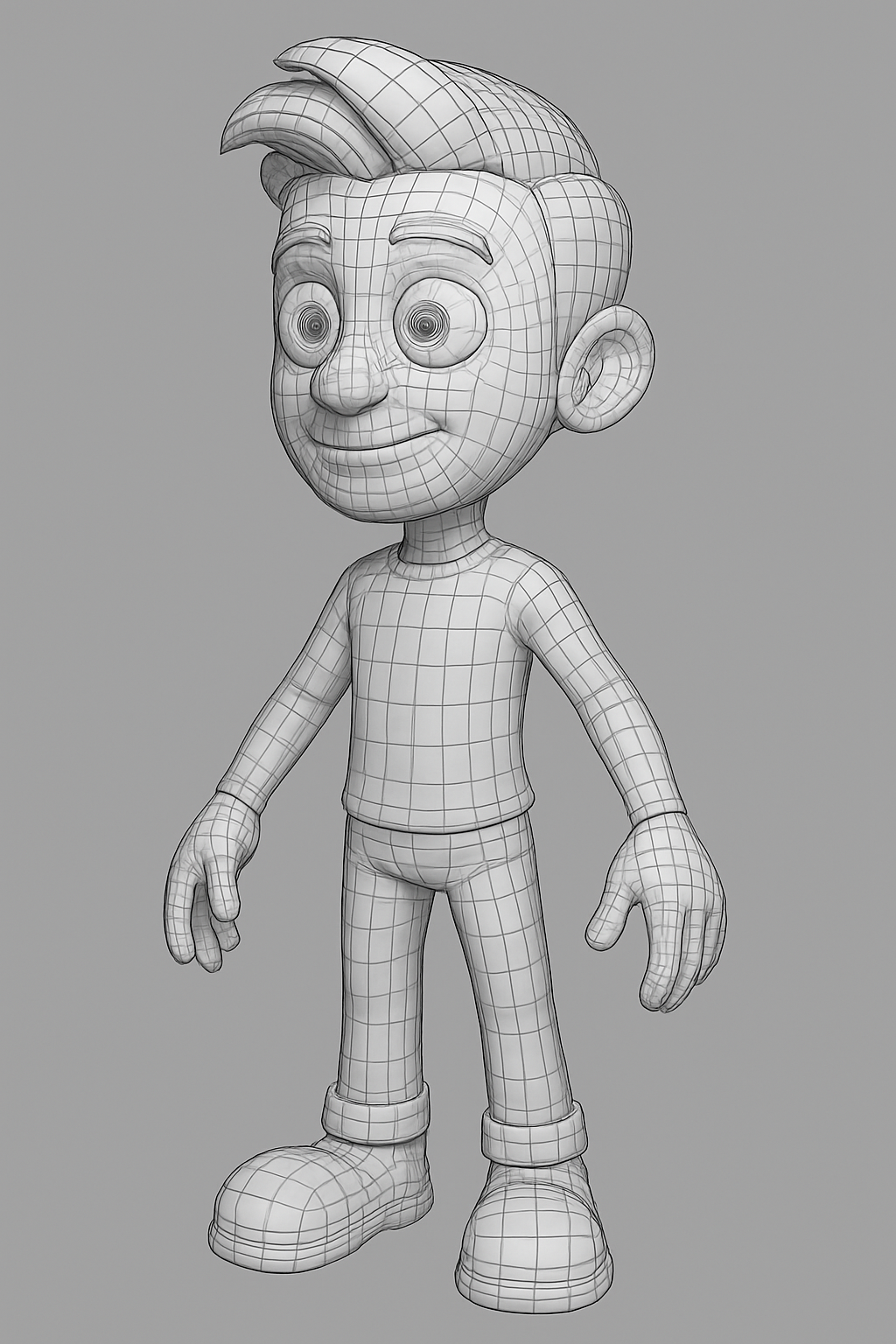
Game Production Workflow
Creating a game is a complex process that requires structured planning, teamwork, and iterative development. The game production workflow is a step-by-step process that ensures a game moves efficiently from an initial idea to a polished, playable product. By following a workflow, studios can manage time, resources, and quality while minimizing costly errors during development.
What is Game Production Workflow?
Game production workflow is the organized sequence of stages that developers follow to produce a video game. It provides a roadmap for teams—designers, artists, programmers, and producers—ensuring every phase is coordinated and aligned with the game’s vision.A typical workflow can be broken into pre-production, production, and post-production, with additional steps for testing, marketing, and release
Key Stages of Game Production Workflow
- Pre-Production
Concept ideation, story development, design documentation, and technical planning.Prototyping gameplay mechanics and defining the target audience. - Production
Core development phase where assets, levels, characters, animations, and mechanics are created.Coding, 3D modeling, rigging, texturing, and implementing game logic occur here. - Testing & Iteration QA teams test the game for bugs, performance issues, and user experience flaws.
Iterative adjustments ensure the game is balanced, playable, and fun. - Post-Production & Launch
Optimization, final bug fixes, marketing, and deployment to platforms.Continuous updates, patches, and community support may follow. - Collaboration & Communication
Throughout the workflow, team collaboration using project management tools (like Jira, Trello, or Asana) ensures milestones are met.
Why Game Production Workflow Matters
A structured workflow is crucial because game development involves multiple teams and complex systems. Without it, projects risk scope creep, delays, and quality issues. The workflow ensures the game vision is realized efficiently, reducing risks and improving coordination among departments
Pros of Game Production Workflow
- Clear Structure & Planning – Keeps all team members aligned with objectives and deadlines.
- Efficient Resource Management – Optimizes use of time, manpower, and budget.
- Improved Quality – Iterative testing ensures bugs and issues are resolved early.
- Better Collaboration – Facilitates communication across departments like design, art, and programming.
- Predictable Milestones – Helps monitor progress and adjust plans as needed.
Reduced Risk – Prevents scope creep, technical roadblocks, and misaligned creative direction.
Thumbnail
A thumbnail could feature a linear or circular workflow diagram, highlighting stages like Pre-Production → Production → Testing → Launch. Surround the diagram with icons representing coding, 3D models, game controllers, and QA testing. A vibrant background with a subtle grid or futuristic game interface emphasizes the organized, tech-driven process of game production.
Conclusion
The game production workflow is a structured journey that transforms an idea into an interactive, engaging experience. By integrating stages like pre-production, production, and post-production, teams ensure creativity, technical precision, and efficiency throughout development. Understanding this workflow enables smoother collaboration among designers, developers, artists, and testers, ultimately resulting in high-quality games that captivate players. Mastery of the workflow is essential for delivering projects on time, within budget, and with the intended vision fully realized.


